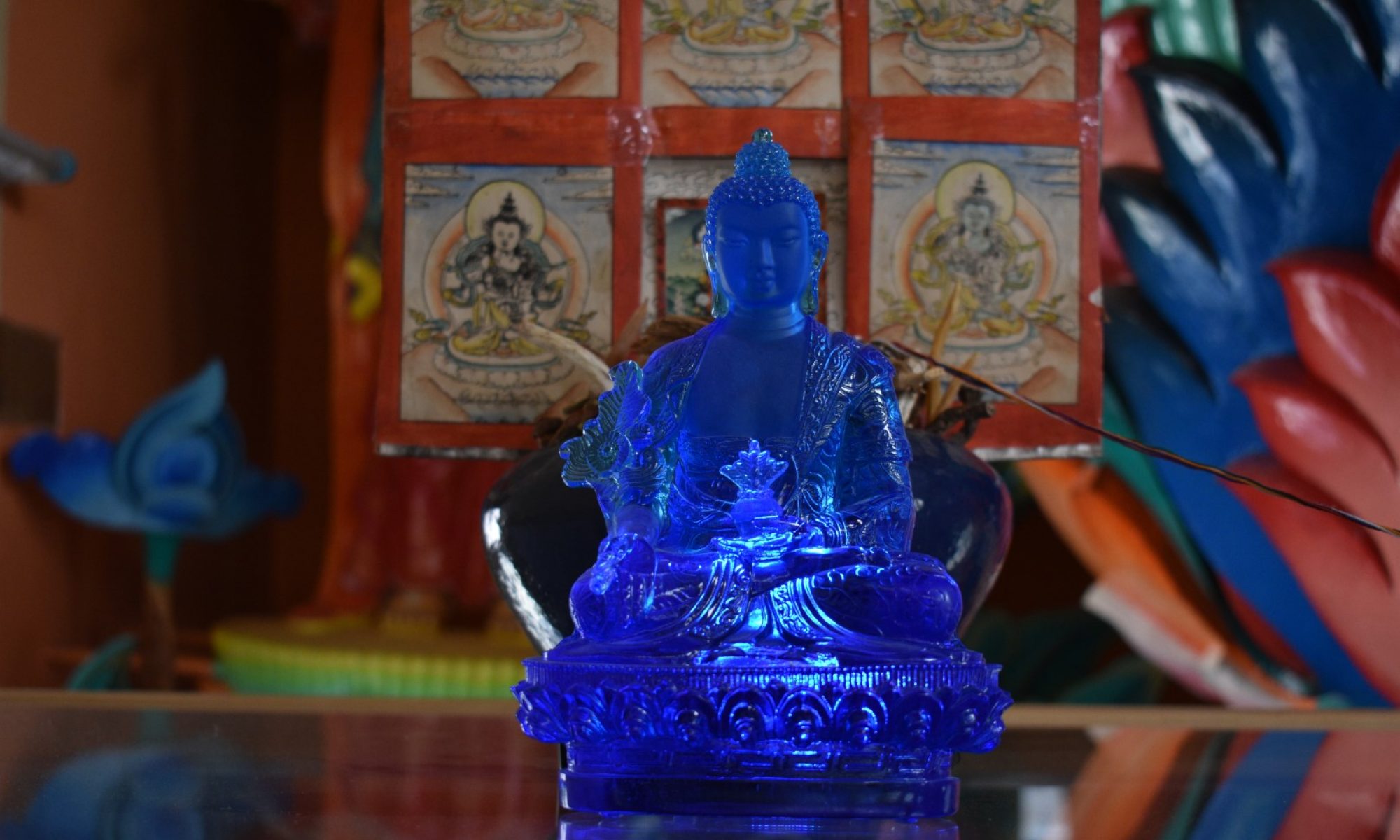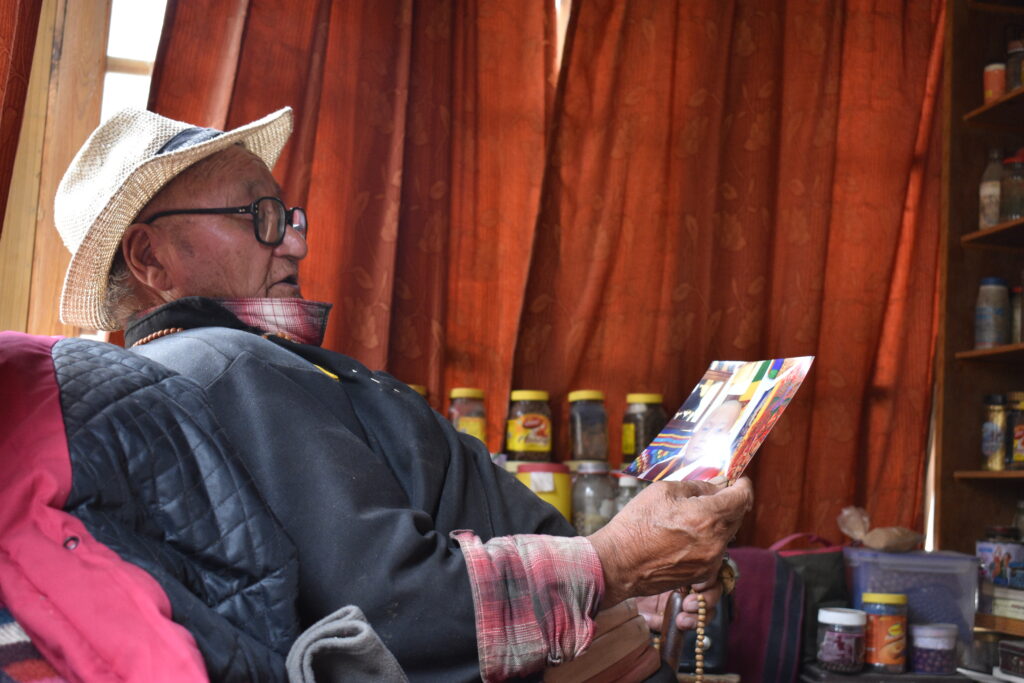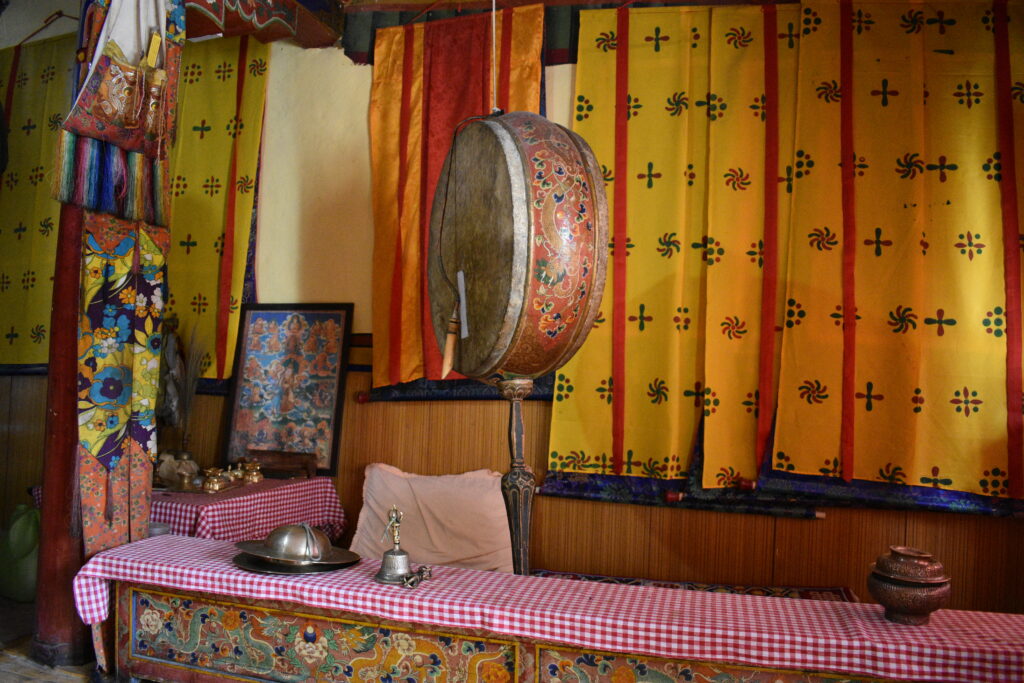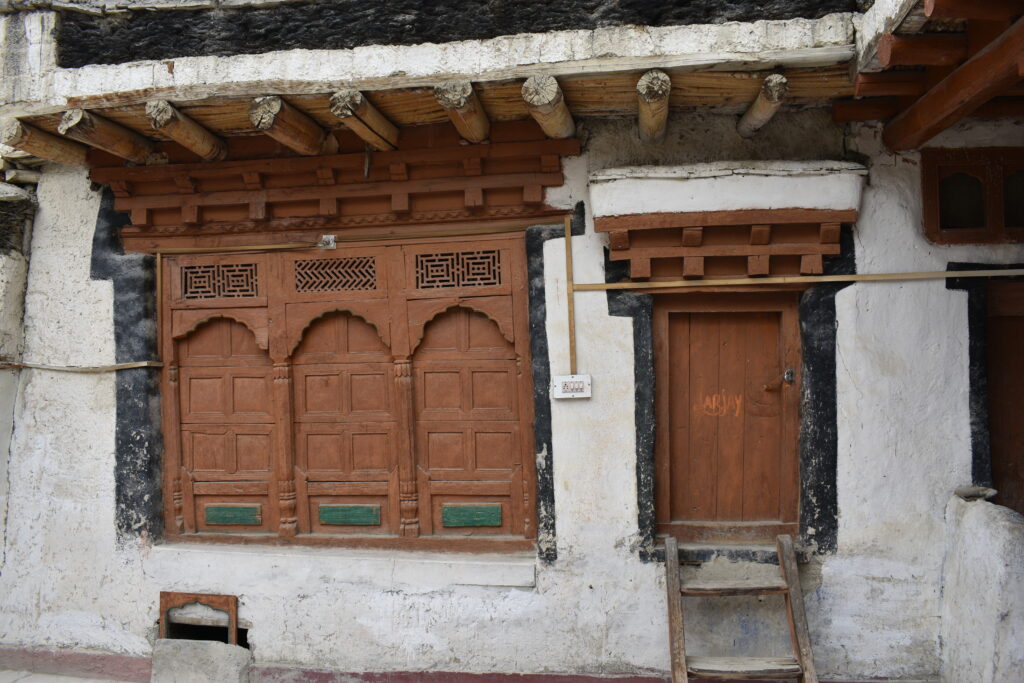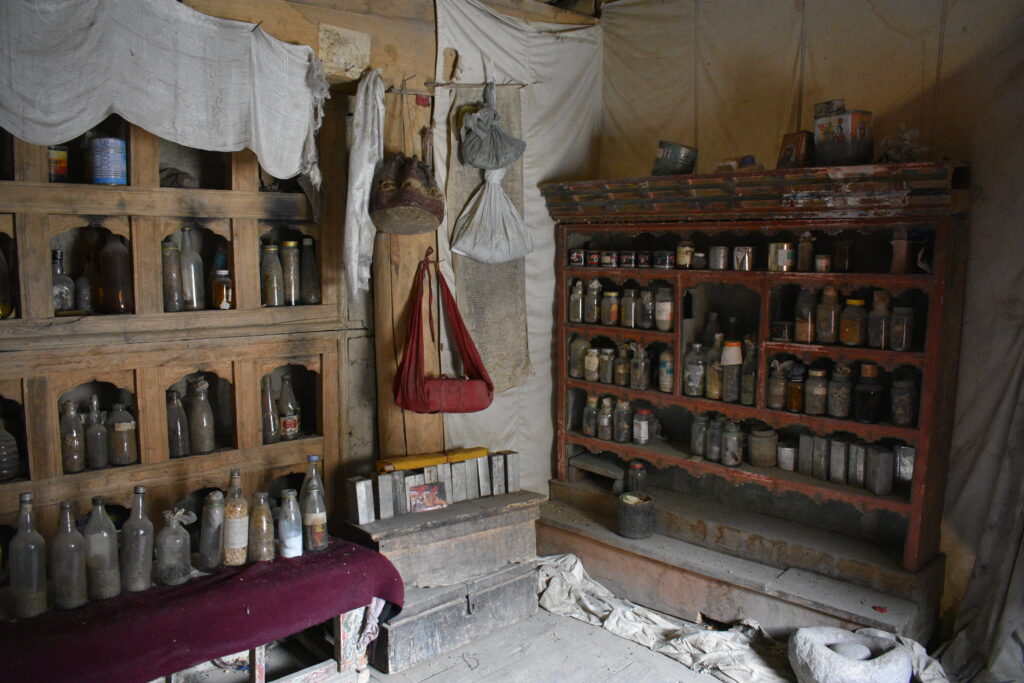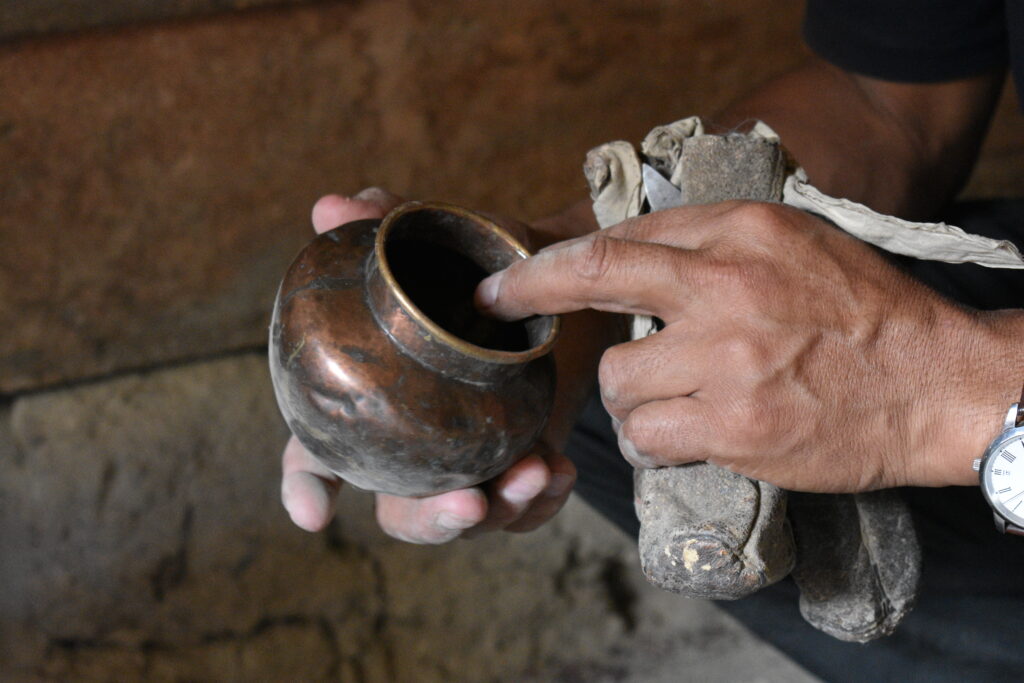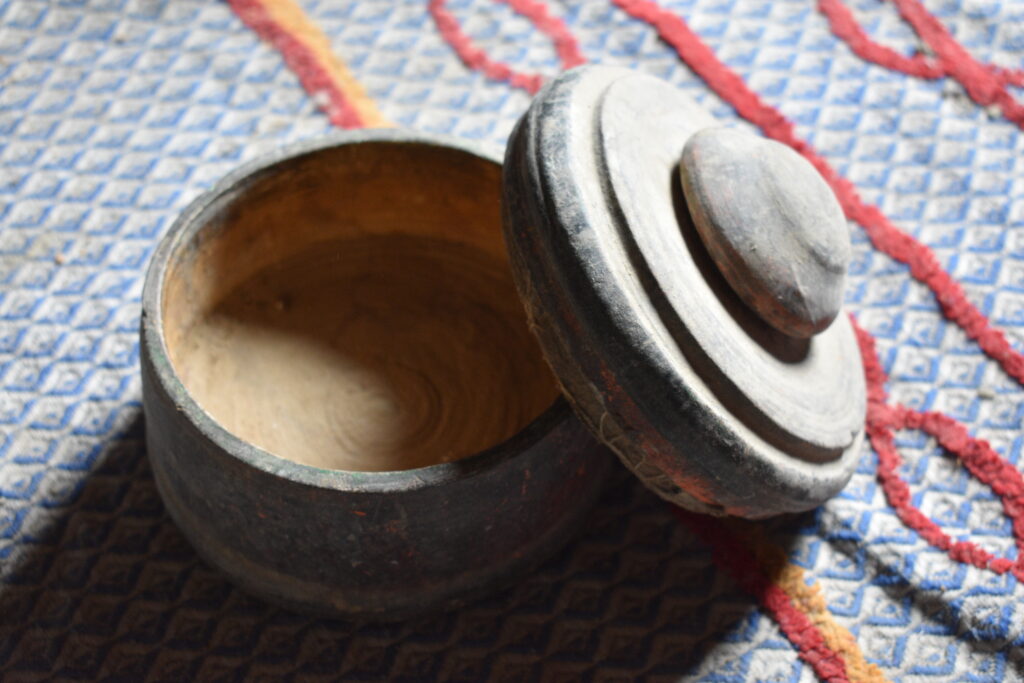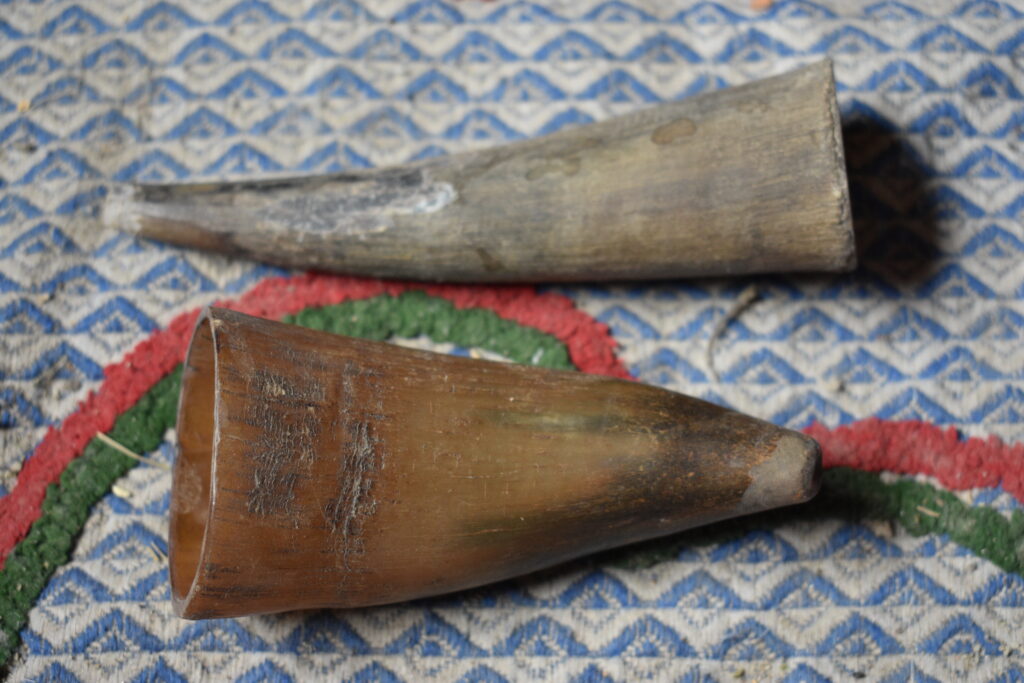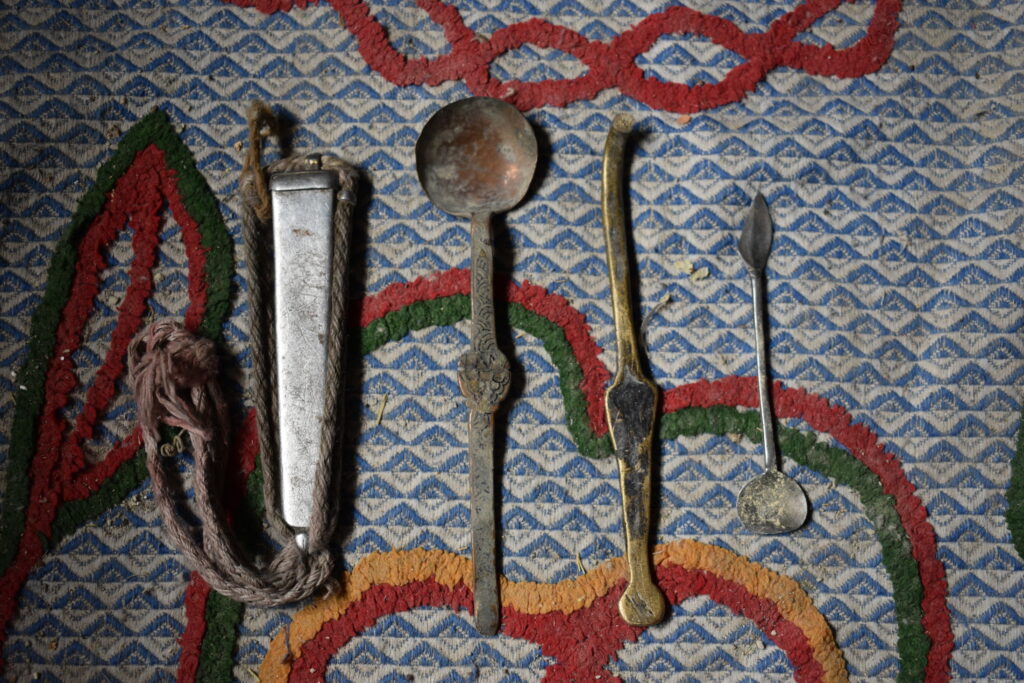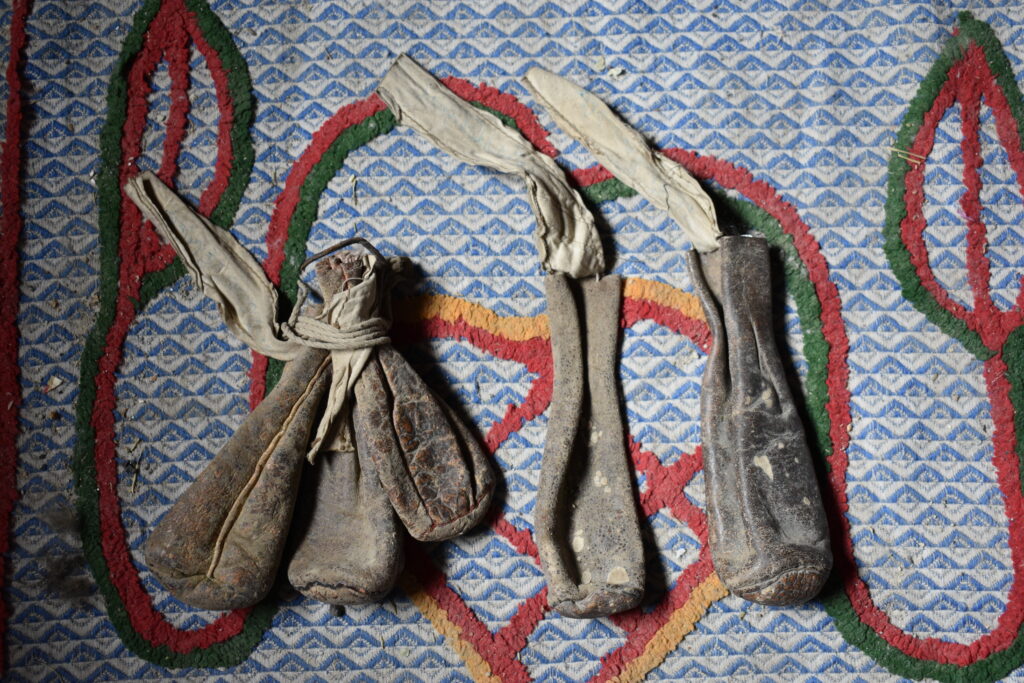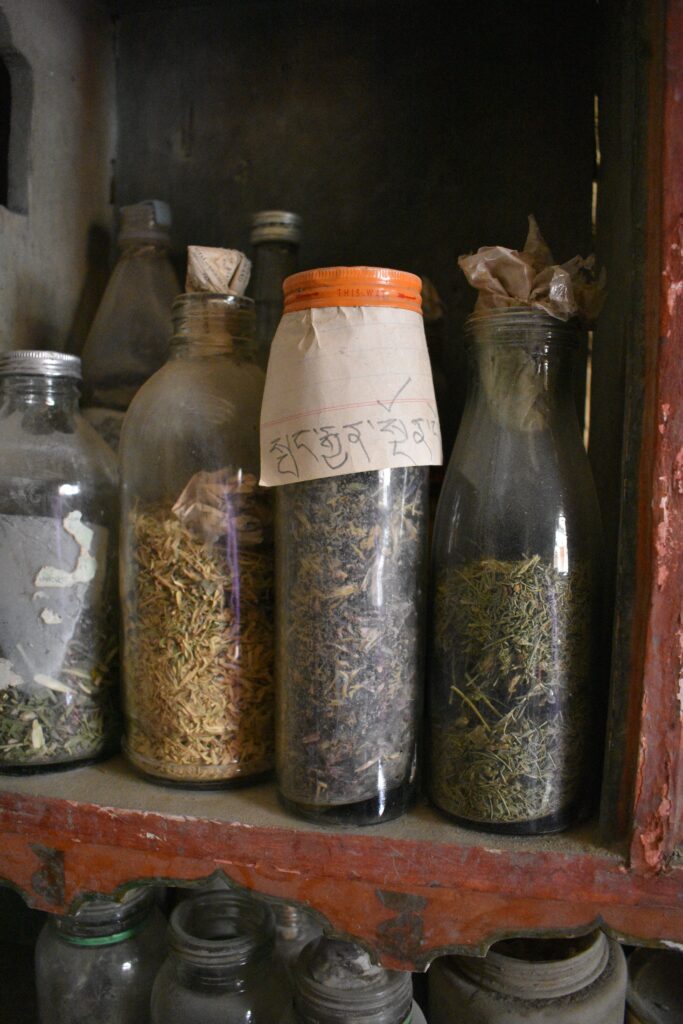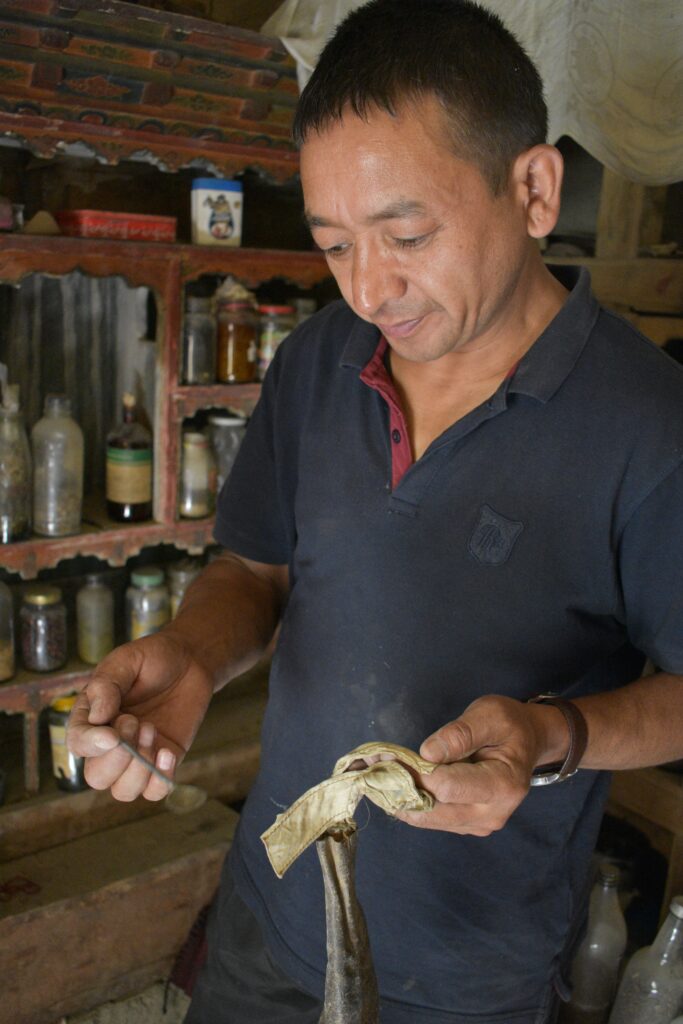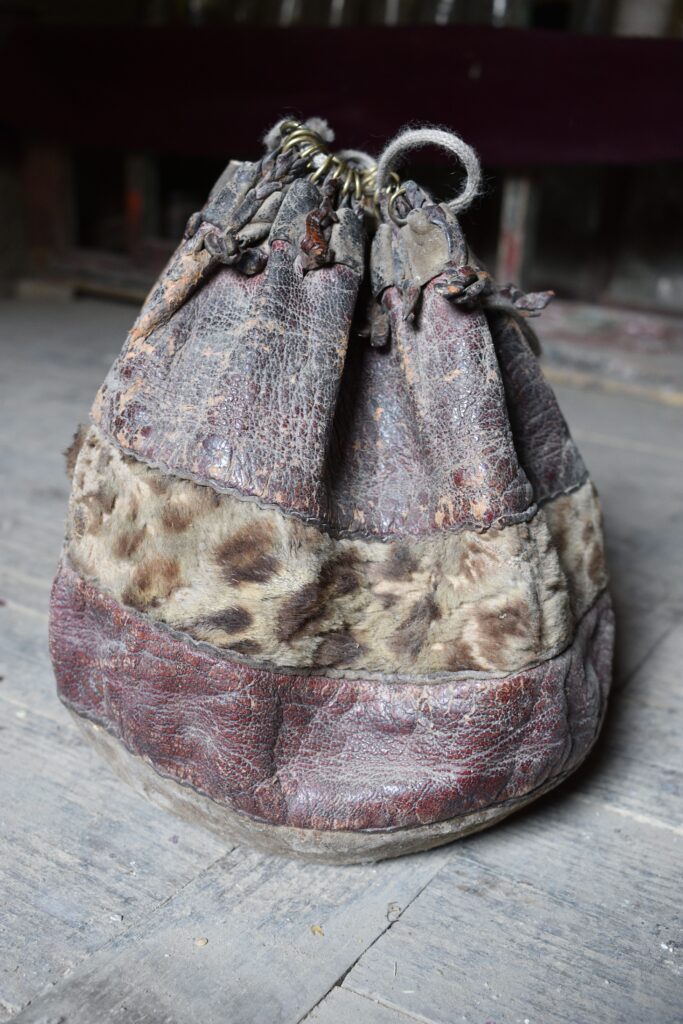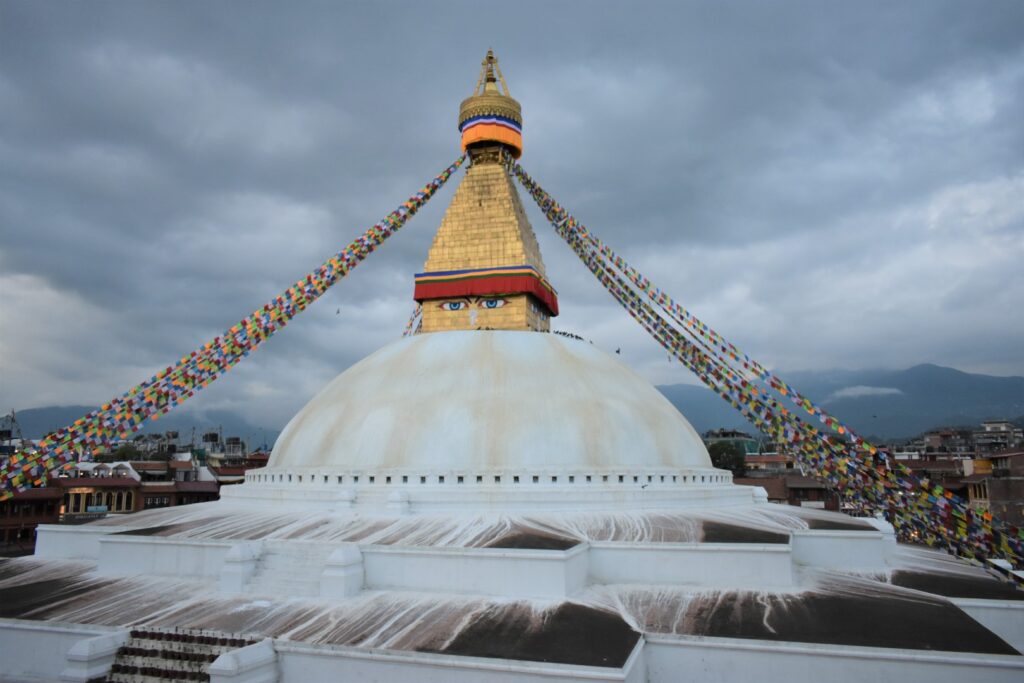
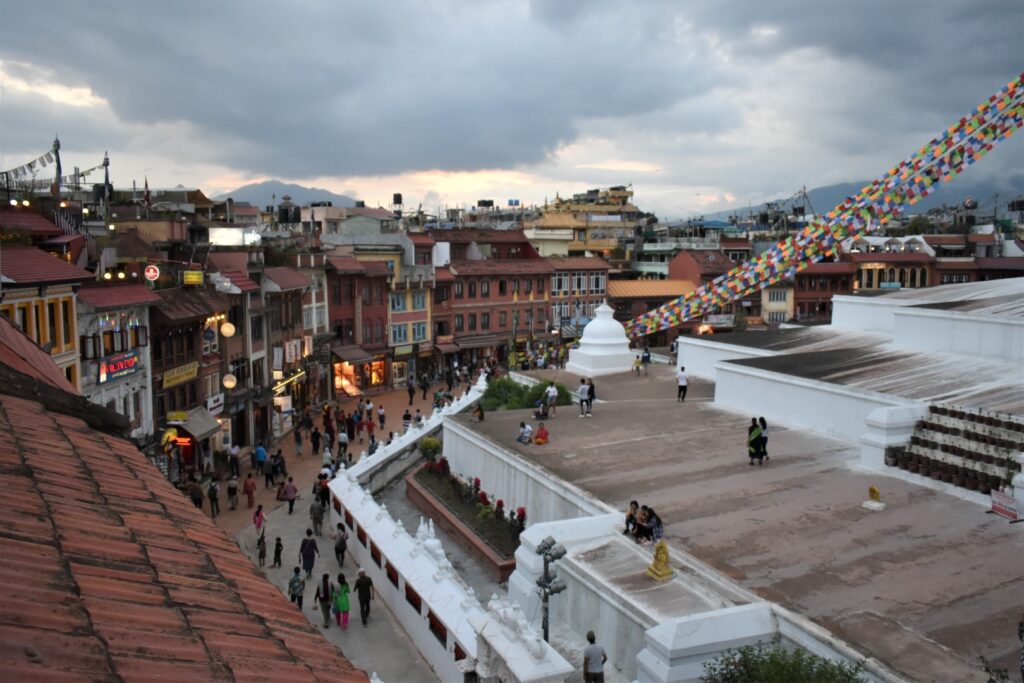
The great stupa of Boudhanath, situated in Kathmandu’s northeastern outskirts, has been a crossroads of long-distance trade and Buddhist pilgrimage for many centuries. It is said by Tibetans to fulfil the sincere wishes of travelers who first lay their eyes upon it. In the tight circle of three-storied buildings around the stupa alone, three Tibetan medical clinics attract the attention of passers-by with multi-lingual signboards including Tibetan, English, Nepali and Mandarin Chinese. During a five-week stay in Boudha, I discovered ten active clinics within twenty minutes walking distance from the stupa. Although Sowa Rigpa has centuries-old roots in the Himalayan mountain regions of Nepal as the dominant scholarly medical tradition, this profusion of urban clinics, some of which cater increasingly to tourists from both ‘East’ and ‘West’ , is a more recent phenomenon. In this blogpost, I briefly introduce three quite different Boudha clinics.
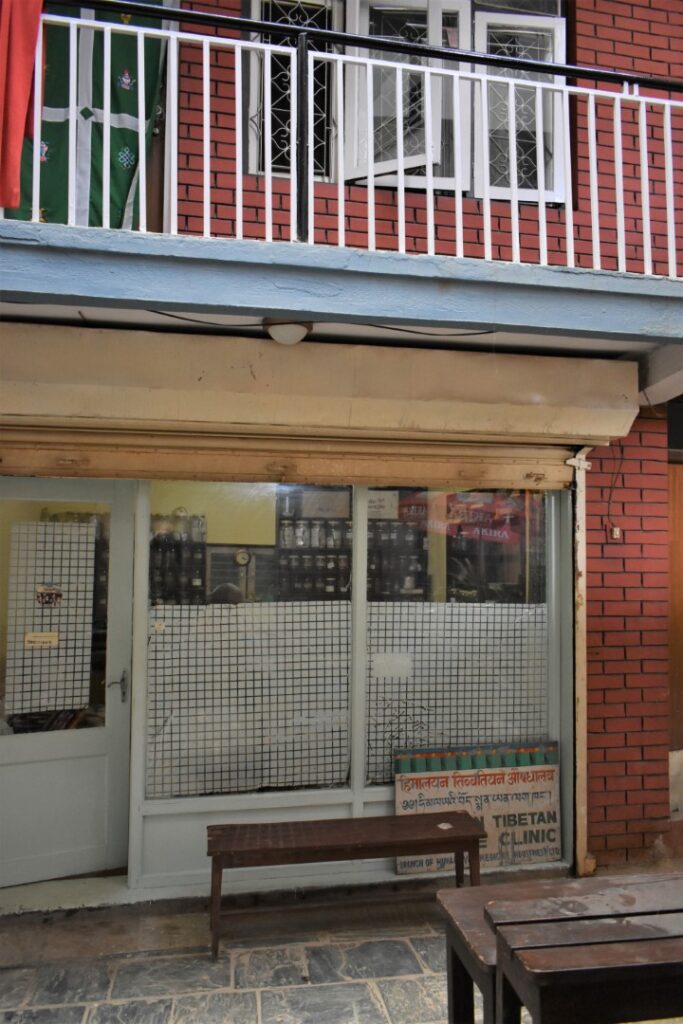
one-room clinic 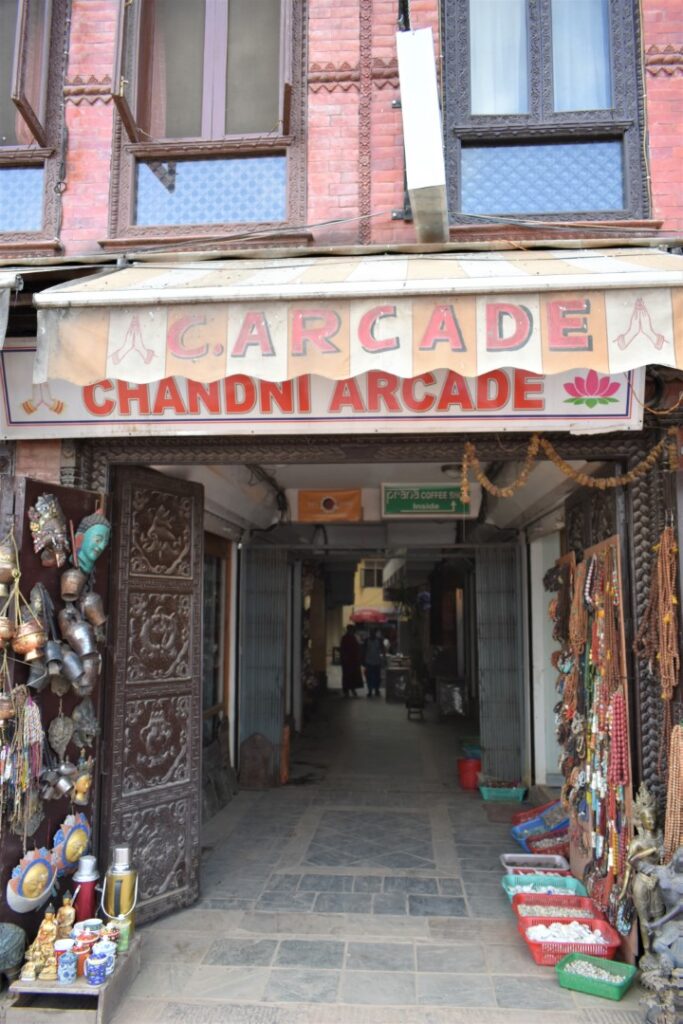
in the back of this alley 
some raw materials and part of the medicine cabinet 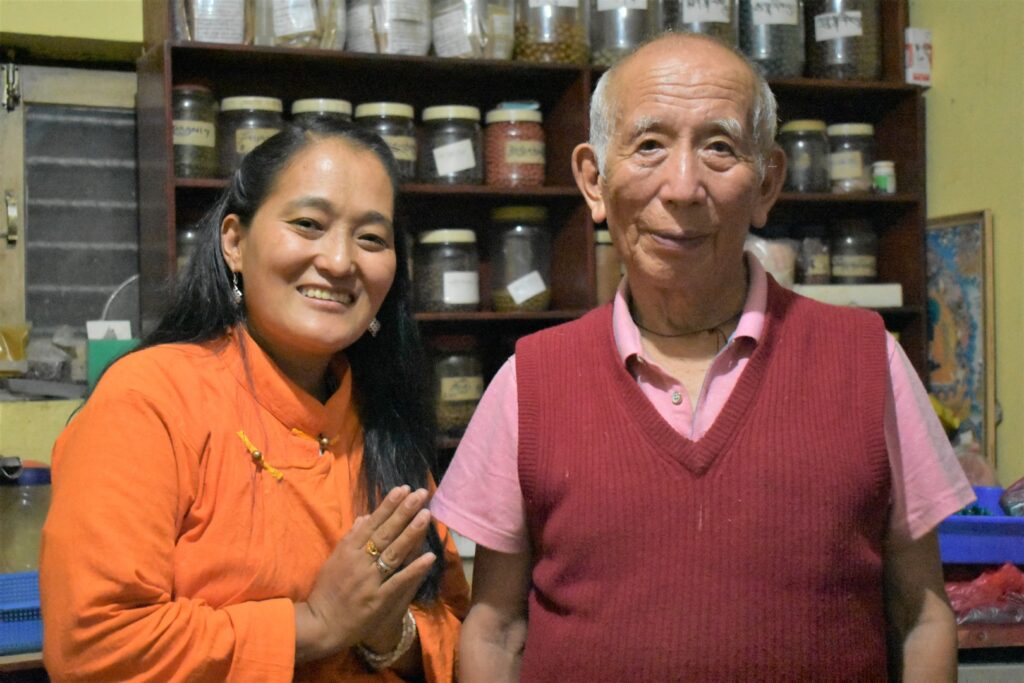
Amchi Wangchuk, together with khandro Lhamo Yangchen
Amchi Wangchuk Lama is Kathmandu’s most senior practicing amchi. He still oversees the production of his own medicines, in powder and pill form, including several highly complex precious pills which are individually wrapped in colourful silk fabric. Amchi-la was born in Kyirong in the water-horse year, in 1942. He learned Sowa Rigpa at Drakar Taso (Brag dkar rta gso) monastery and was a monk for many years. Amchi Wangchuk’s clinic is not that easy to find and he does not speak English. He is highly respected, especially for his expertise and skill as a medicine maker. His Nakpo Gujor protective pills, to be worn around the neck, are popular, and monastics also come to purchase compounds for ritual purposes.
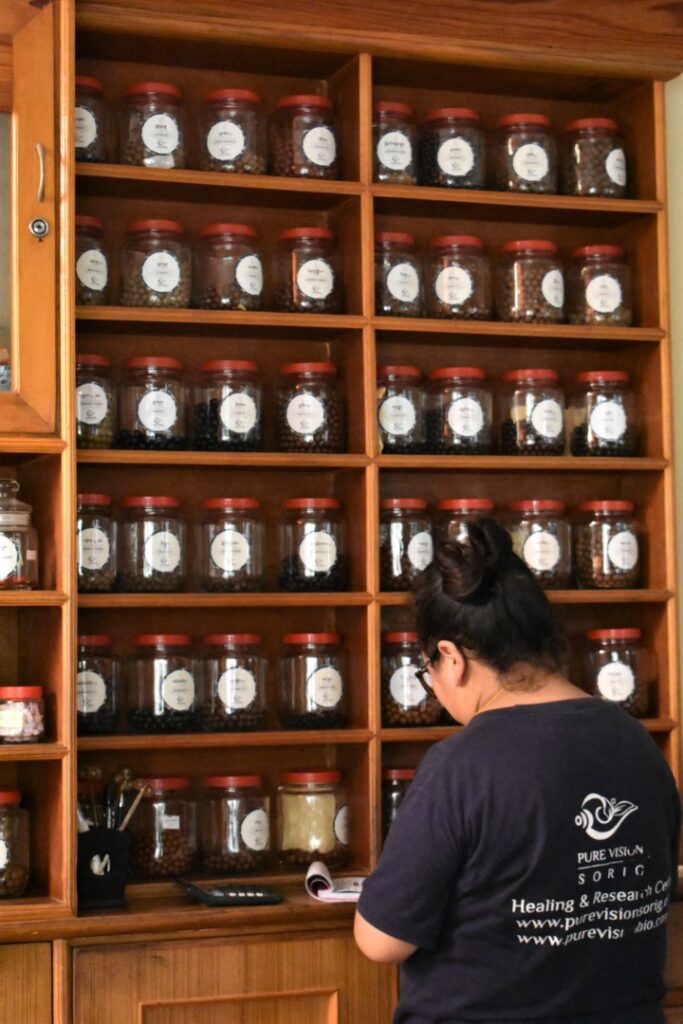
non-amchi staff for dispensing and therapies 
therapy room at the Pure Vision Sorig clinic
Pure Vision Sorig is the name of Dr Sherab Tenzin Barma’s clinic. It is affiliated to his main Healing and Research Center near Pharping, about an hour’s drive from downtown Kathmandu. Dr Sherab hails from Bhutan, where he studied Buddhist philosophy as well as medicine. After a five-year training, he graduated from Chagpori Tibetan Medical Institute in Darjeeling. His clinics offer a range of external therapies, including various types of kunyé massage, herbal steam baths and cosmetic treatments. Besides the prescription-based medical formulas, he also designed a product line of liquid herbal extracts.
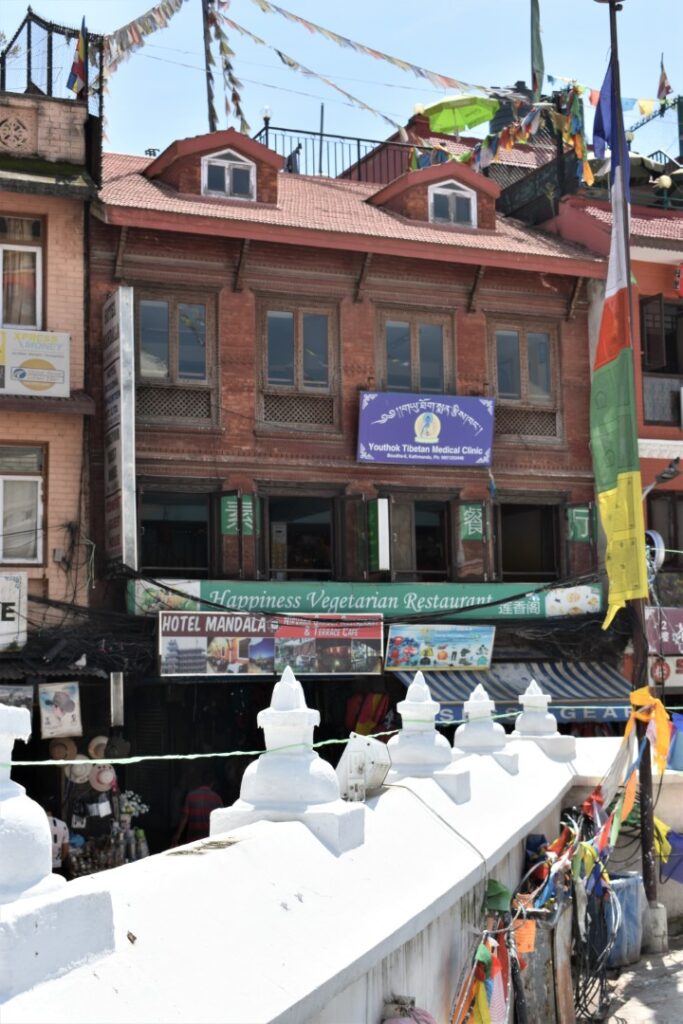
view on the Youthok Tibetan Medical Clinic from the stupa 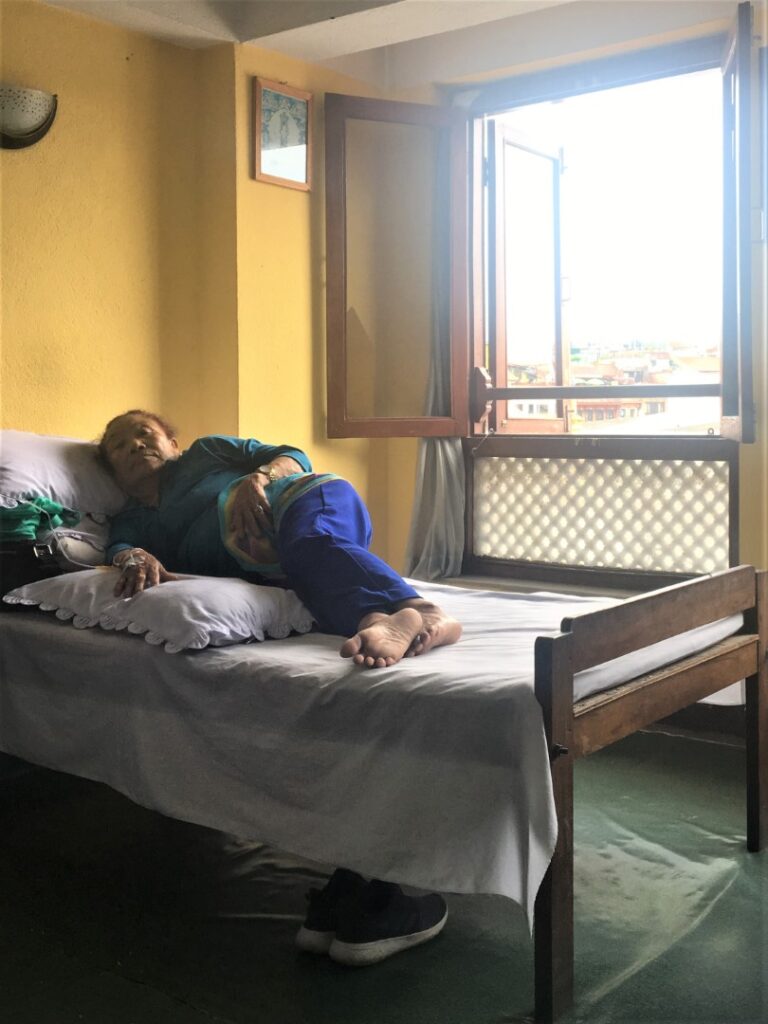
patient resting while receiving IV therapy 
Chinese acupuncture needles 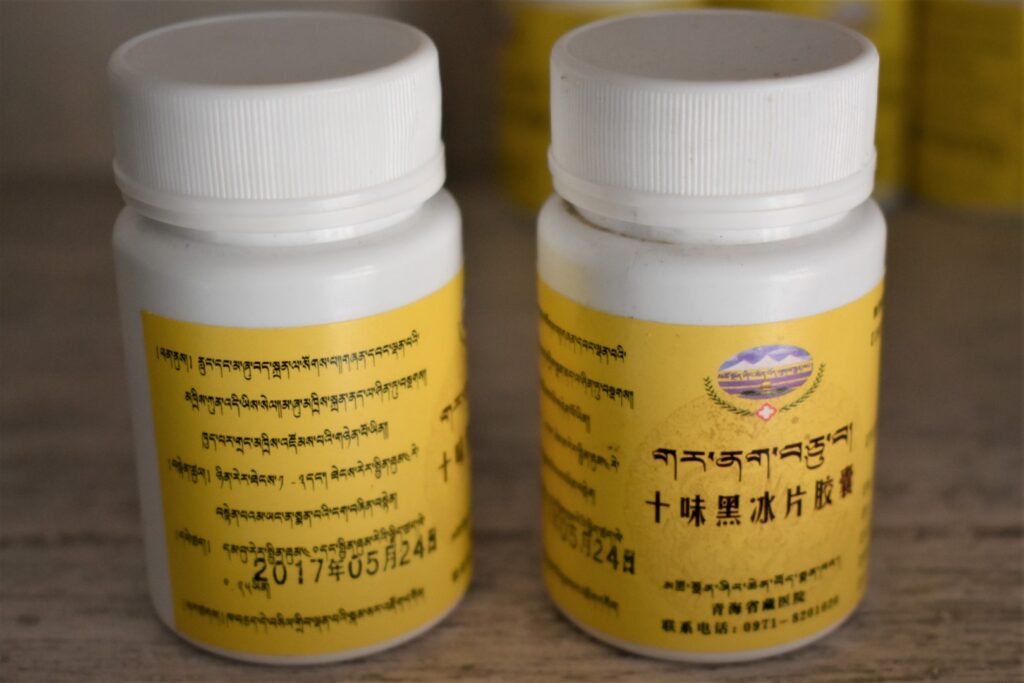
Mass-produced Garnak 10 pills from Amdo
Dr Jigme (also know as Jixian Jia) heads the Youthok Tibetan Medical Clinic on the second floor of a building on the khora itself. A large bright room with four windows overlooking the stupa houses six hospital beds, where several elderly patients are getting IV drips. Acupuncture needles are also applied regularly, including by his wife and three assisting amchi in white lab coats. Dr Jigme got his Rabjampa college degree at Qinghai University Medical School, which included an internship in the large integrative hospital nearby. The consultation and dispensing room also has an altar with offerings, thangkas and photographs of important Buddhist teachers, which includes a picture of his young son, who was recognised as a reincarnation of Druptop Rinpoche. Dr Jigme prefers medicines imported from Tibet, because he believes herbs harvested there have higher potency, and since they are manufactured and packaged according to strict GMP procedures.
